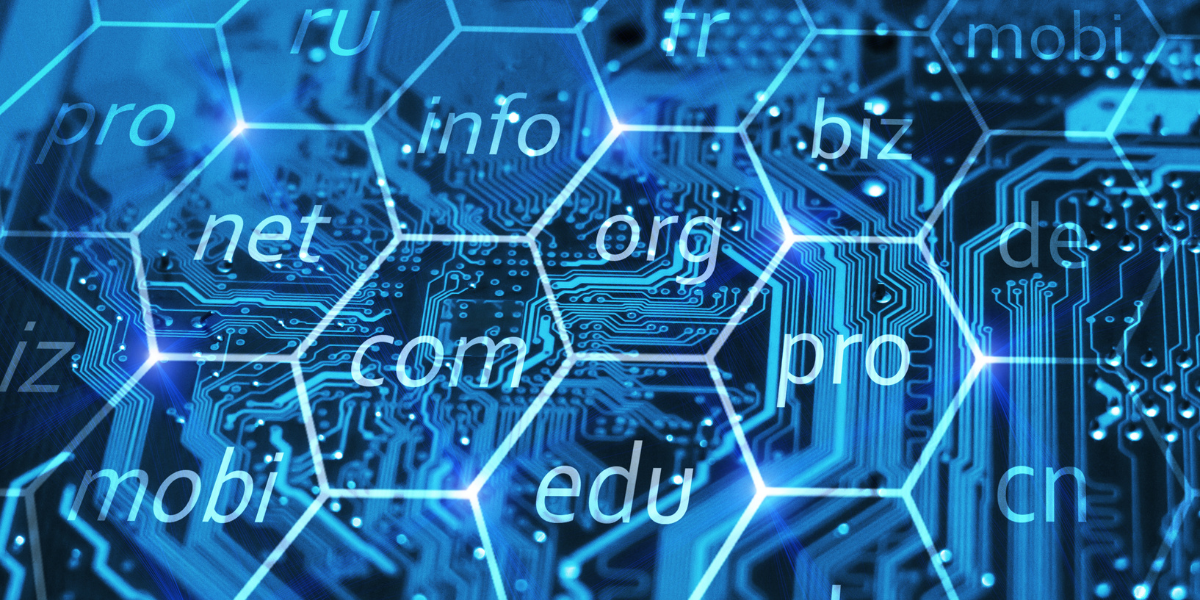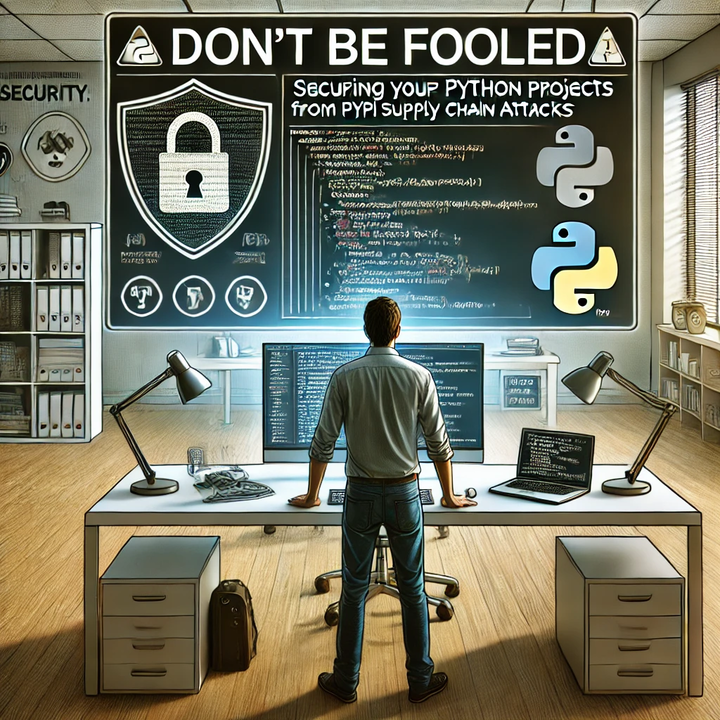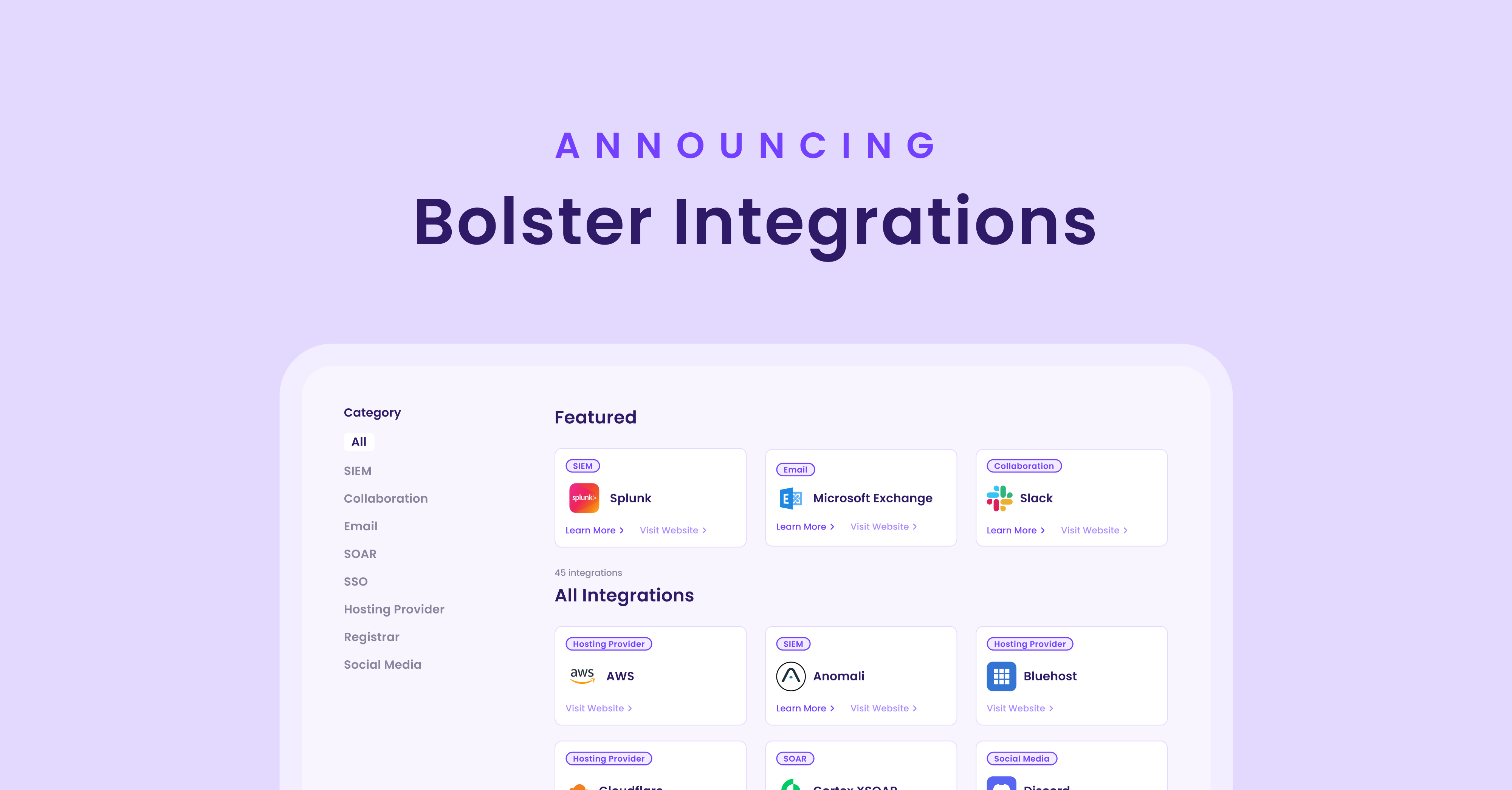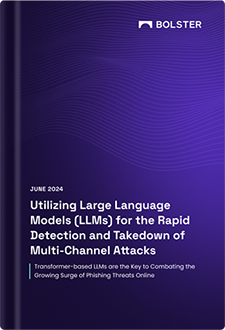In a digital landscape that seems to be changing daily thanks to AI and other advancements (see these eye-opening phishing statistics), businesses face risks they don’t even know exist.
These threats can take shape in a number of different forms, including cyberattacks and data breaches, and can damage a company’s reputation, disrupt their operations, and lead to financial losses.
Digital Risk Monitoring (DRM) is a hands-free solution that actively scans data, alerts teams to such threats, and automates takedowns (without manual input). Simply, it’s an effective way to mitigate risks, while providing organizations a comprehensive understanding of their digital footprint and the potential threats they face.
For example, any website domain could be a target for typosquatting threats. A digital risk monitoring tool can decipher those threat levels, and even remove malicious domains before damage is done. DRM is comprehensive, automated, and hugely important to any organization with an online presence.
Importance of Digital Risk Monitoring
Whether large or small, the first step for businesses of any size is building an online presence by securing an internet domain (which typically matches the company’s name, brand, or sub-brand). Setting up a website, standing up mail server capabilities, and successfully conducting business online is of utmost importance.
However, while companies can gain so much from operating strong websites that improve business performance and build brand awareness, they can lose even more when security is compromised. And it can happen quickly—with an eye on increasing profits, a defense strategy of “set it and forget it” is what many default to.
As a result, those same companies expose themselves to fraudsters who can start staging attacks against customers, employees, contractors, and/or the organization’s entire supply chain. Here is how.
Types of Digital Risks That Need to be Monitored
Consider a mythical company ‘My New Cool Company” which purchased and registered the mynewcoolcompany.com TLD for business. Pretty straightforward, right?
Well did you know that “.com” is just one option, and that there are thousands of other, similar top level domains (TLDs) available? This includes mynewcoolcompany.net, mynewcoolcompanys.com, mynewcoolcompany.info, and many alternatives.
Look-alike and typosquat domains are domains that sneakily look like a company’s, but aren’t, for example thenewcoolcompany.com, mynewcoo1company. com, mynewcoolcmpany.com.
These are just a few examples of what could be full-blown fake sites, logos and all, designed with the intent to trick end-users, and all achieved through a malicious variant of the legitimate domain.
Learn even more in our Guide to Domain Monitoring and Remediation.
Why Manual Monitoring is Difficult
If a company knows these threats are a possibility, can’t they proactively purchase and register all the domain variations (TLD variants, look-alikes, typosquats, etc.)? Sure, in theory. But not without cost, literally–doing so could easily outstrip allotted security budgets.
For example, the domain ‘notion.com’ generates 217 variations for just the .com TLD. When you consider all of the nearly 3,000 TLDs that exist on the Internet, that number grows to 651,000 domain variations that need to be assessed and monitored continuously.
Acquiring all of these domains is not a practical option as it would cost roughly $19.5 million per year, assuming an average cost of $30 per domain.
As you can see, the problem of look-alike or typosquat domains can quickly become difficult (if not impossible) to manage as it is a function of the number of characters in the domain name. As the number of characters increases, so too do the number of lookalike or typosquat combinations that require digital risk monitoring.
How AI and Automation Saves the Day
The only way for this kind of proactive purchase to be viable and economical is with the use of Artificial Intelligence. Here, AI can build purchasing priority ranked recommendations with algorithms that factor in cost and relative risk.
By doing so, organizations can optimize their spending on the most malicious sites first, then with any leftover budget be allocated to suspicious sites—essentially getting the maximum amount of risk reduction for the most optimal amount of spend.
Without AI to accurately detect all variants and typosquats and then prioritize which risks to mitigate based on severity, the process of domain risk monitoring will be a never-ending and overwhelming challenge. Many organizations simply cannot keep up with the massive volume of data resulting from the frequency at which changes occur at the domain registration level combined with an ever-changing threat landscape.
That is why we stress that organizations must leverage modern digital risk monitoring and domain protection solutions that help them optimize costs and reduce risks in a way that is effective and secure. The best way for them to achieve this is with a strong AI engine that is able to accurately assess the online threat landscape, make recommendations, and then help automate the domain takedown process.
Getting Started
Simply put: there are experts to help with your digital risk monitoring and domain protection strategy. Domain monitoring and remediation should be powered by an intelligent engine that can accurately scan the threat landscape for all online threats, assess the risk of the threat, and then give recommendations to how organizations of all sizes can mitigate risk.
In addition, resource constraints and volume management can be alleviated with an easy-to-use automated solution that can scale to any size. In-house solutions to domain monitoring are more expensive and less accurate, exposing your organization to undue data breaches.
Learn more about Bolster’s domain monitoring solution and how to take the next steps toward improving your domain security with AI and deep learning. Request a demo today.









